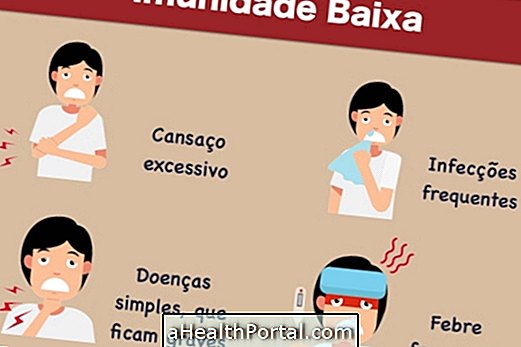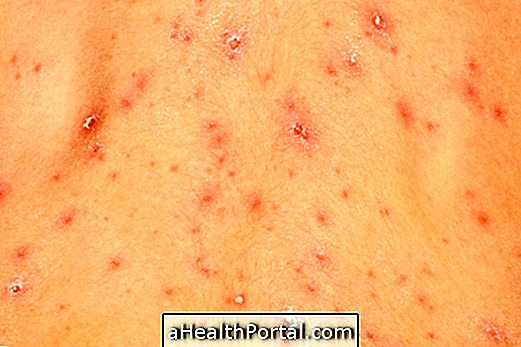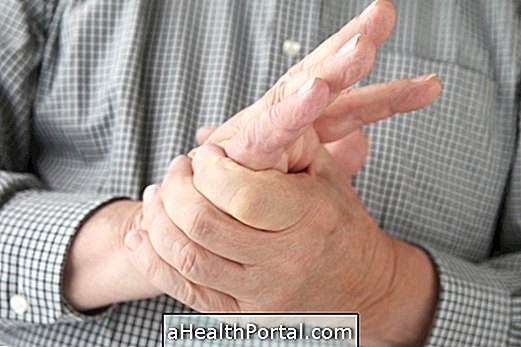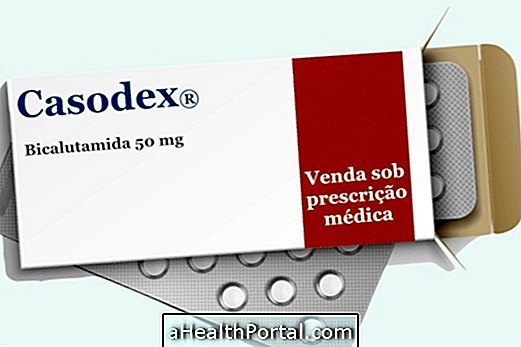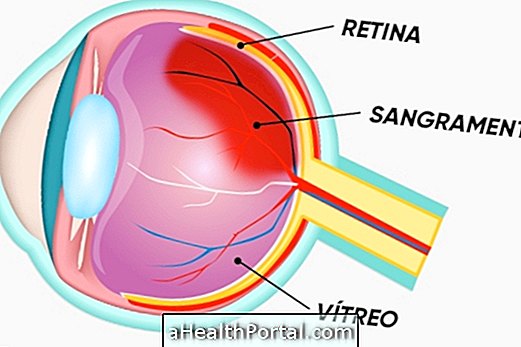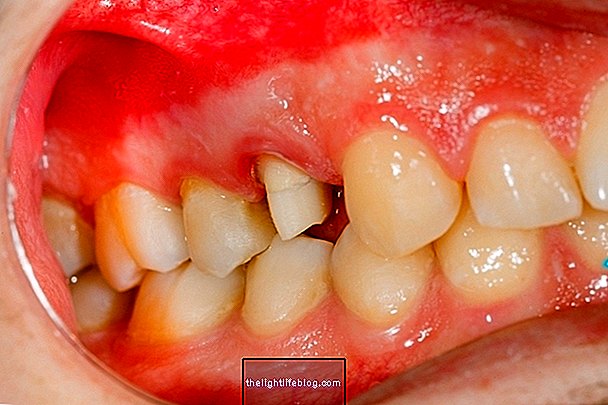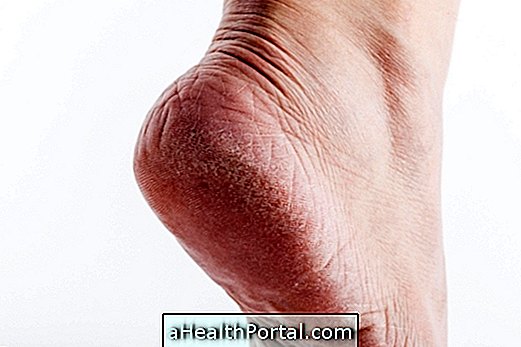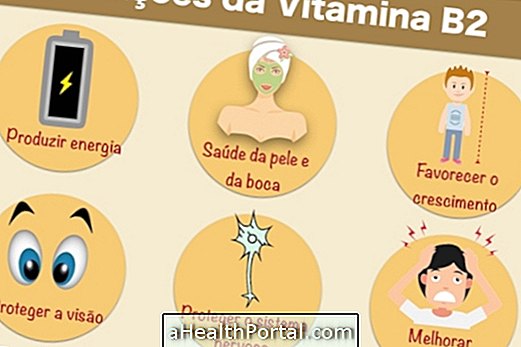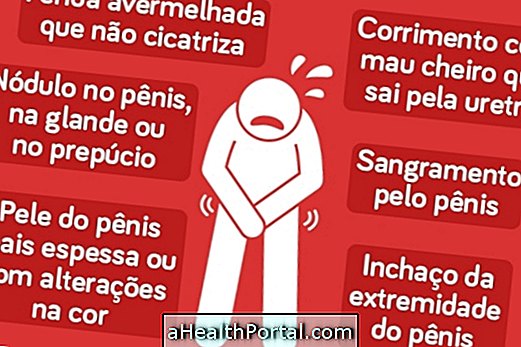Tachycardia, which is an increase in heart rate above 100 beats per minute, is usually caused by situations such as fright or intense physical exercise, and most often it is a normal response of the body.
However, tachycardia may also be related to heart disease, lung disease or thyroid disorders, such as arrhythmia, pulmonary embolism or hyperthyroidism, for example.
Tachycardia usually causes symptoms such as the feeling of the heart beating very fast and shortness of breath, for example, and in most cases it passes spontaneously, but when it occurs frequently or is associated with other symptoms such as fever or fainting, it is necessary to go to the doctor for the patient to be evaluated and to make the most appropriate treatment for their cause.
Causes of tachycardia
Tachycardia may be a normal response of the body to situations such as:
- Intense pain;
- Stress or anxiety;
- Panic attacks or phobias;
- Intense physical exercise;
- Strong emotions, such as fright, feeling of happiness or intense fear;
- Secondary effect of food or beverages, such as tea, coffee, alcohol or chocolate;
- Consumption of energy drinks;
- Use of tobacco.
However, when it is accompanied by other symptoms such as fever, bleeding, excessive tiredness, swelling of the legs, may be one of the symptoms of diseases such as hyperthyroidism, pneumonia, arrhythmia, coronary disease, heart failure or pulmonary thromboembolism. Read more about the causes in: What you can change and what to do to normalize your heart rate.
Types of tachycardia
Tachycardia can be classified as:


- Sinus tachycardia: is the one that originates in the sinus node, which are specific cells of the heart;
- Ventricular tachycardia: is the one that originates in the ventricle, which is the lower part of the heart;
- Atrial tachycardia: is the one that originates in the atrium, which is located in the upper part of the heart.
Although there are several types of tachycardia, they all cause similar symptoms, so it is necessary to perform an electrocardiogram, blood tests, echocardiogram or coronary angiography to diagnose the problem accurately.
Symptoms of tachycardia
The most common symptoms of tachycardia include:
- Accelerated heartbeat that can be felt in the chest;
- Dizziness and dizziness;
- Feeling of fainting;
- Heart palpitations;
- Shortness of breath and tiredness.
Usually, when tachycardia is caused by a disease, the specific symptoms of the disease are also present.
In addition, patients who experience tachycardia or symptoms of frequent palpitations should seek a cardiologist for a cause and, if necessary, treatment or guidance.
How to treat tachycardia
The treatment and the duration of the tachycardia depend on its cause, and when it arises due to normal situations, such as stress or fear for example, one must breathe deeply or put cold water on the face, to calm down. See other tips on: How to control tachycardia.
When tachycardia is caused by heart problems, it may be necessary to take medicines, such as digitalis or beta-blockers from the calcium channels indicated by your doctor, and in more severe cases, it may be necessary to perform surgeries such as bypass or reconstruction or valve replacement cardiac disorders.


